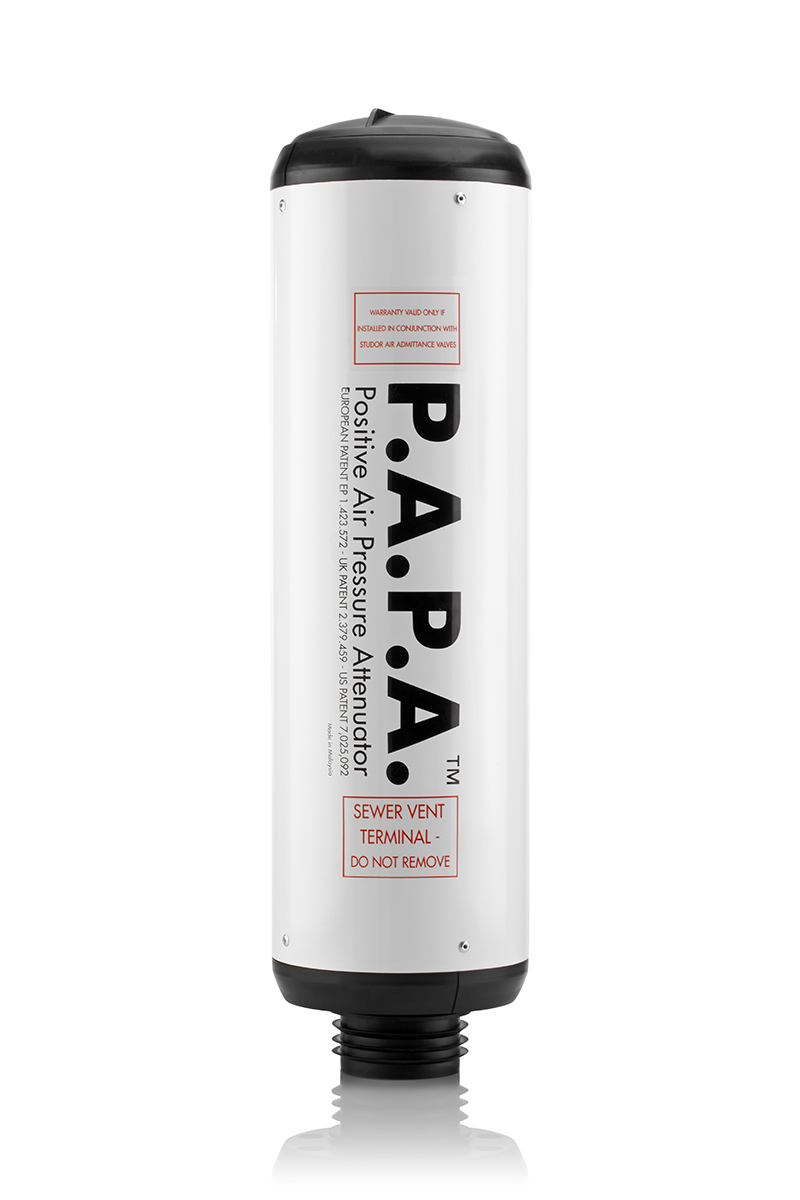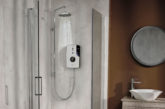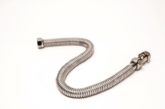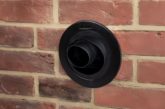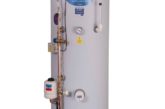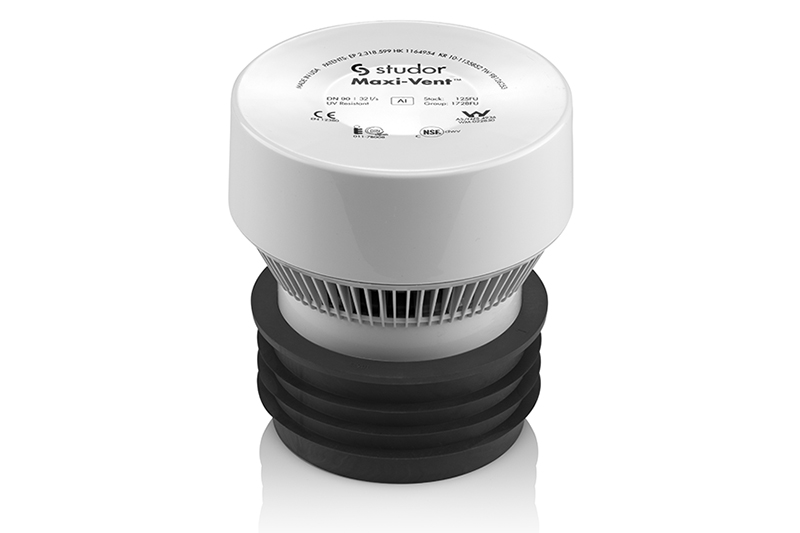
Successfully managing the air pressure within the soil and waste system in a commercial building, and ensuring that trap water seals are maintained, is vital. David Barker, Head of Category Management at Marley Plumbing & Drainage, explores the challenges.
Unlike a small domestic property, which may perhaps have only a handful of sanitary equipment, the soil and waste system within a commercial building can be hugely complex, with potentially hundreds of branches all feeding into the main stack or stacks. This will also understandably have an effect on the amount of water flowing through the system at any one time, with more people likely to be using plumbing fixtures simultaneously, particularly at certain hours of the day, causing the pressure within the commercial system to fluctuate.
To demonstrate, every sudden flow of water within a pipe, such as the flush of a toilet or a running tap, causes positive pressure in front of the flow and negative pressure behind. While this change in pressure would barely be noticeable in a standard domestic dwelling, within a commercial building the effect can be potent. The subsequent fallback from the individual water traps, or the creation of air bubbles passing through the seal, can allow foul odours, sewer gases and bacteria to leak into the occupied space.
So, how can this pressure fluctuation be controlled effectively? Fortunately, there are a variety of different products and solutions available, each depending on the individual application and budget.
Secondary ventilation
As its name suggests, it simply involves the installation of a ‘dry pipe’ parallel to the main stack, which is then conveyed through the whole building, up to the roof. Linking at each floor level, this secondary pipe works to passively balance air pressure within the system by allowing positive pressure a means of escape. This, in turn, helps to prevent bubbles of foul air from penetrating through the water trap seal and entering into the occupied building space.
However, this means of air pressure management does come with some limitations, particularly for developments where available building space is limited. After all, the presence of this secondary pipe can take up a considerable amount of additional space within a building, perhaps making it unsuitable for city centre or refurbishment projects.
Stack-aerators
For commercial projects where installers have to be more considerate around available space, stack-aerators could be the ideal alternative solution. Designed to simply replace the standard branch fittings, meaning that no additional space is needed to be planned in, stack-aerators are installed on each floor of the building and work to connect the horizontal pipework branches with the vertical main stack. The curved shape of the fitting is carefully designed so as to slow the flow of water through the system; as well as helping to smoothly merge the horizontal flow from the individual pipe branches with the vertical main stack.
Installed throughout a building, stack-aerators can help to control the mix of water and air pressure within a commercial soil and waste system, improving stability and helping protect the integrity of the individual trap water seals.
Active options
While we have so far only looked at passive means of air pressure management, it is also well worthwhile considering an active solution and the different level of performance this could deliver. Active drainage ventilation is a more recent addition to the plumbing industry. It works to proactively control the pressure within a commercial drainage system, providing direct relief by either removing or reducing an incoming positive or negative pressure.
This advanced level of control, working to combat each individual pressure change, can deliver high-levels of performance, efficiently reducing the chances of trap seal depletion occurring and providing a commercial building’s occupants with a pleasant and hygienic space.
What’s more, active drainage ventilation products can also be used in conjunction with air admittance valves, delivering a complete working system with high-levels of protection against foul odours, bacteria or sewer gases, as well as helping to ensure the efficient running of a building’s soil and waste drainage.
Air admittance valves work on a relatively simple basis; staying closed until such time that negative air pressure is detected within the system. Only then will the valve open and allow air from outside to be drawn into the drainage system, stabilising the pressure levels as a result.
Marley Plumbing & Drainage’s Positive Air Pressure Attenuator (P.A.P.A) and accompanying Maxi-Vent and Mini-Vent is one example of such a total solution. Able to be installed either vertically or horizontally, depending on the individual project, P.A.P.A works to eliminate the potentially harmful effects of positive pressure generated in gravity-fed drainage systems.
Commercial plumbing brings with it a unique set of challenges not ordinarily encountered with standard, domestic plumbing. Deciding how to effectively manage the mix of air and water within a commercial building’s drainage system is but one of those challenges and should be a key consideration for specifiers and contractors.
